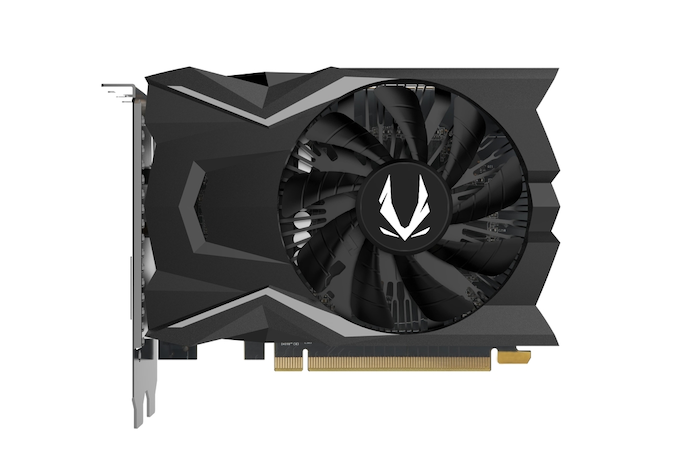- Joined
- Oct 9, 2007
- Messages
- 47,814 (7.40/day)
- Location
- Dublin, Ireland
| System Name | RBMK-1000 |
|---|---|
| Processor | AMD Ryzen 7 5700G |
| Motherboard | Gigabyte B550 AORUS Elite V2 |
| Cooling | DeepCool Gammax L240 V2 |
| Memory | 2x 16GB DDR4-3200 |
| Video Card(s) | Galax RTX 4070 Ti EX |
| Storage | Samsung 990 1TB |
| Display(s) | BenQ 1440p 60 Hz 27-inch |
| Case | Corsair Carbide 100R |
| Audio Device(s) | ASUS SupremeFX S1220A |
| Power Supply | Cooler Master MWE Gold 650W |
| Mouse | ASUS ROG Strix Impact |
| Keyboard | Gamdias Hermes E2 |
| Software | Windows 11 Pro |
The "Navi 48" silicon powering AMD's next-generation Radeon RX 9070 series could feature AV1 hardware-accelerated encoding with support for AV1 B-Frames. In video compression, a B-frame is an intermediate frame that lacks image information, but has motion-vector and other data from the previous and next image frames (or I-frames), which helps the decoder reconstruct the image component of the frame based on temporal frame data. This is compute-intensive, but greatly reduces file-size or bitrate of the stream, as almost every other frame lacks image information. Support for AV1 B-Frame hardware-accelerated encode was sniffed out by HXL in a recent commit to one of the SDKs AMD maintains in a public repository through its GPUOpen initiative.
AMD's Radeon RX 9000 series generation powered by the RDNA 4 graphics architecture will be based almost entirely on two chips, the "Navi 48" and "Navi 44," with the latter powering mainstream and mid-range SKUs; while the former powers performance-segment ones. There is no enthusiast-segment chip this time around. The "Navi 48" is expected to feature a more advanced video encode/decode hardware than the one RDNA 3.5 comes with; and AV1 is likely to get the bulk of development as the royalty-free codec gains popularity with online video streaming services. It remains to be seen if next-generation architectures like RDNA 4 or NVIDIA's "Blackwell" support acceleration for VVC.

View at TechPowerUp Main Site | Source
AMD's Radeon RX 9000 series generation powered by the RDNA 4 graphics architecture will be based almost entirely on two chips, the "Navi 48" and "Navi 44," with the latter powering mainstream and mid-range SKUs; while the former powers performance-segment ones. There is no enthusiast-segment chip this time around. The "Navi 48" is expected to feature a more advanced video encode/decode hardware than the one RDNA 3.5 comes with; and AV1 is likely to get the bulk of development as the royalty-free codec gains popularity with online video streaming services. It remains to be seen if next-generation architectures like RDNA 4 or NVIDIA's "Blackwell" support acceleration for VVC.

View at TechPowerUp Main Site | Source






